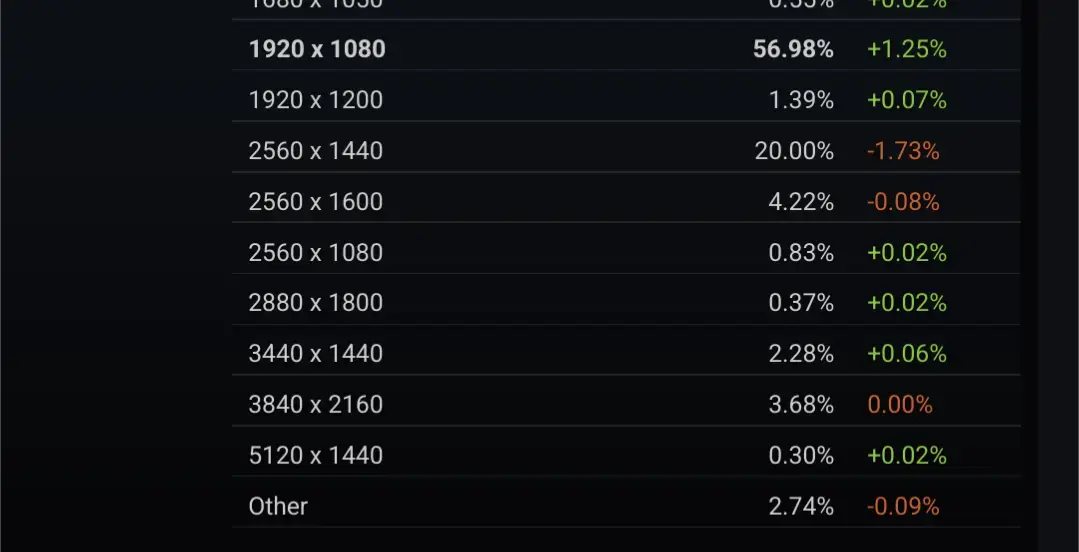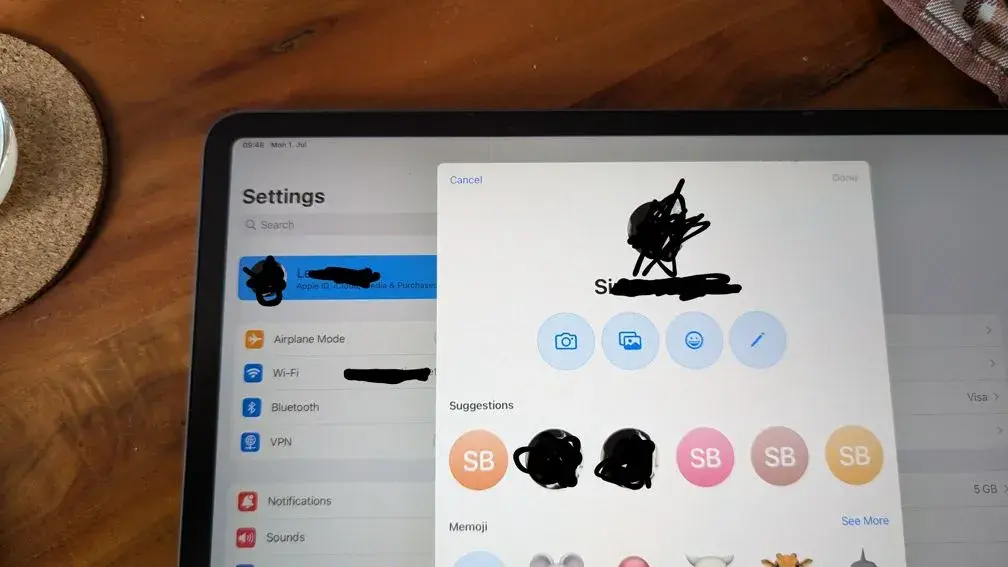In Bluesky you choose your own algorithms by adding feeds you follow.
If no one gives the Nazi an audience they will go away eventually.
Ok true, I think I forgot that you also see the Discover feed? But you can just remove that from your feeds and add any feed you like or just use the Following feed.
But that's not true for Bluesky. The only feed that you see when newly registering is the Following feed which is chronological.
But on Bluesky you don't get them shoved in your face and there is culture of just blocking Nazis and moving on.
Have I said anything in favor of crippling lower end cards or that these high prices of the high end cards are good? My only argument was that 4K displays in the PC space being the standard was simply delusional because the stats say something wholly different.
That would be ideal, true.
Estrogen in general I would say.
Same, although I had thoughts in that direction at that age but I couldn't categorize them.
That doesn't really matter if people on PC don't game on it, does it?

These are the primary display resolutions from the Steam Hardware Survey.
4k displays are not at all standard and certainly not for a decade. 1440p is. And it hasn't been that long since the market share of 1440p overtook that of 1080p according to the Steam Hardware survey IIRC.

The Following feed is chronological and every other feed is mostly made by other people.